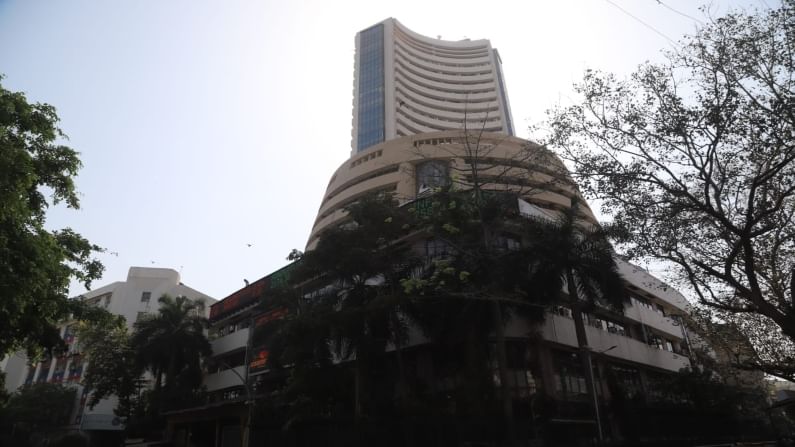Sensex, Nifty and poll results: A look at how Dalal Street has reacted over the years
Though the elections are essentially for state legislatures, the outcome in the five states will also partially reflect a signal of the confidence these five states repose on the ruling party at the Centre.

Since starting its journey on January 2, 1986, the BSE Sensex has had numerous ups and downs, creating investor wealth and extinguishing fortunes worth billions of rupees in a matter of a few hours.
While almost all the rise and falls are attributable to economic cues, domestic and global, the behaviour of the market on a few significant political events have been etched in stock market history for good.
May 17, 2004
One such date that has become a part of market folklore is May 17, 2004. The National Democratic Alliance led by Atal Behari Vajpayee lost the general election and it became apparent that Congress would form the government at the Centre with support from the Left, who were against privatisation and labour reforms.
The Sensex tanked as much as 842 points, a historic dip. After the index dived 11% in the first few minutes, the authorities applied the circuit breaker and halted trade. The market was down to 4,549.62 then, below the psychological mark of 5,000.
As soon as trading was resumed at 11:15, the index further slipped to 4,227.50, and trading was again suspended for two hours.
“Investors flee Gandhi’s India,” was how CNN headlined its news item.
May 16, 2014
As the counting progressed on the 16th Lok Sabha election and it became clear that Bharatiya Janata Party led by Narendra Modi would win would form the government, the markets started climbing and surpassed 25,000 for the first time and hit a lifetime record of 25,375.63.
The surge was of a massive 1,470 points.
Nifty, too, went past the 7,500 mark. The Sensex, however, suffered profit booking and slid into negative territory to touch a low of 23,873.16 settles at 24,121, a record closing high.
The cheer was palpable as the markets celebrated the strongest mandate to form a government in the past three decades. Investors hoped that the BJP government would fast-track reforms and end an era of indecision that marked the UPA II administration.
May 24, 2019
The euphoria that gripped BJP on securing more than 300 seats alone in the Lok Sabha sent ripples through the bourses as the markets saluted the second Modi government with a 623-point rise of the Sensex.
Sensex zoomed past the 40,000 mark and Nifty surged past 12,000.
Sensex touched a high of 40,124.56, triggered profit booking, and settled at 39,434.72. According to reports, it was also the first instance of a negative return on a result day with both Sensex and Nifty recoding the steepest intra-day fall in 11 years.
December 11, 2018
This was the day when the assembly results of Madhya Pradesh, Rajasthan, and Chhattisgarh were announced.
The Sensex ended the session with a rise of 190 points and ended at 35,150.01. The Sensex actually recovered 724 points from the day’s lows as the results in the three states made it clear that the going was not as poor for BJP as apprehended in some quarters.
October 24, 2019
This was the day when assembly results of Maharashtra and Haryana were declared. Though BJP managed to form a government in Haryana after striking an alliance with JJP, it failed to win the crucial state of Maharashtra, thus driving Sensex into the red.
Sensex ended the session lower at 38.44 points to close at 39,020.39 while Nifty ended 21.50 points down at 11,582.60.
Eyes on Sunday
Not often do five states go to the polls at the same time. Therefore, the outcome of these elections would be, in a sense, a sort of reflection of the popularity of BJP among 23 crore people, which the cumulative population of West Bengal, Tamil Nadu, Kerala, Assam, and Puducherry (2011 census).
Investors dislike uncertainty. The markets always repose faith in a government that would put on the front burner long-term economic growth marked by fair competition, a role for market regulators and predictable, reform-oriented policies.
Investors of India have made a fortune in the markets. While the journey of the Sensex from 30,000 to 40,000 took 18 months, that between 40,000 and 50,000 took only 14 months. And between the last two milestones, it merrily took the deep correction due to the pandemic-triggered lockdown and the consequent economic devastation.
The results on Sunday would be of interest to the average investor. For investment is a matter of faith.